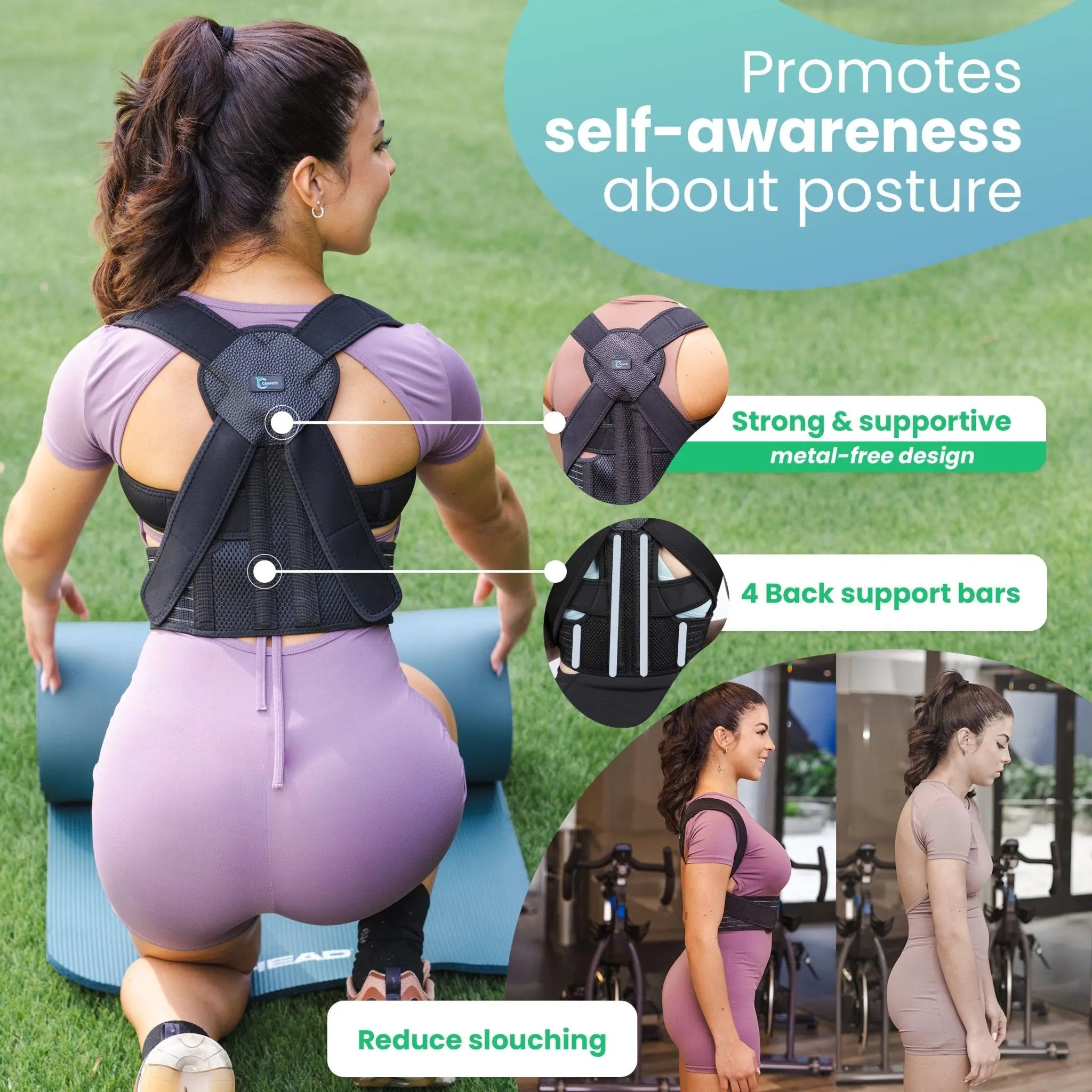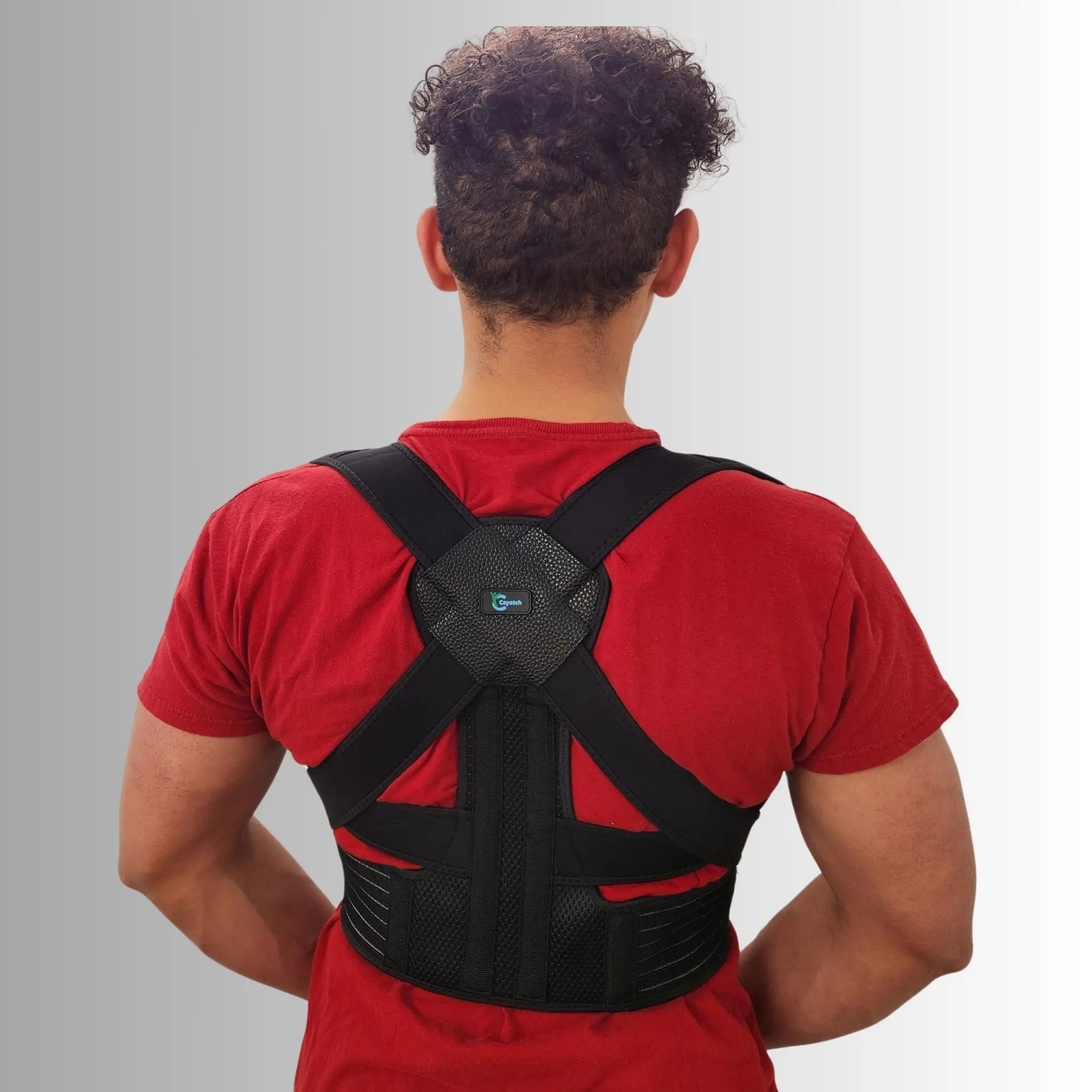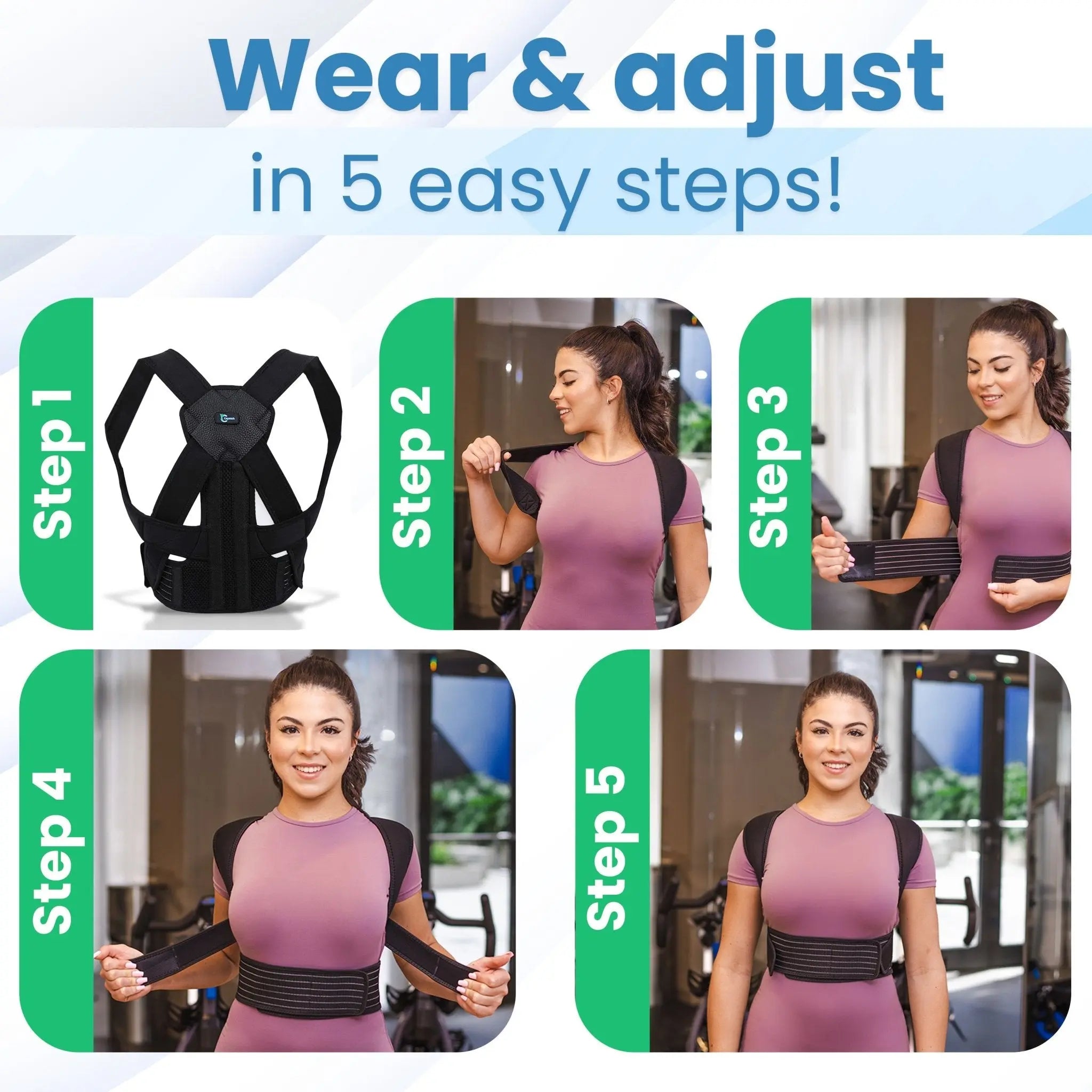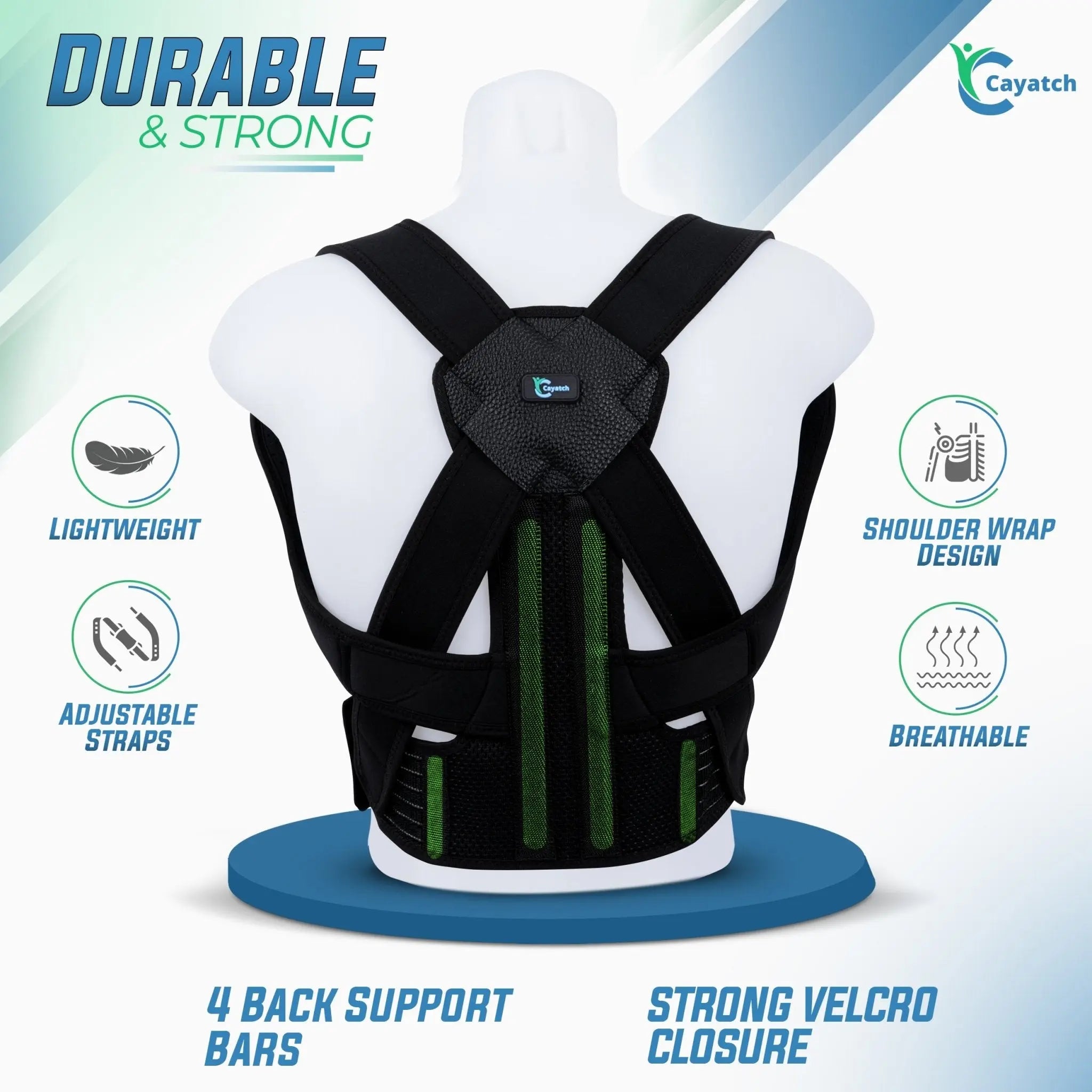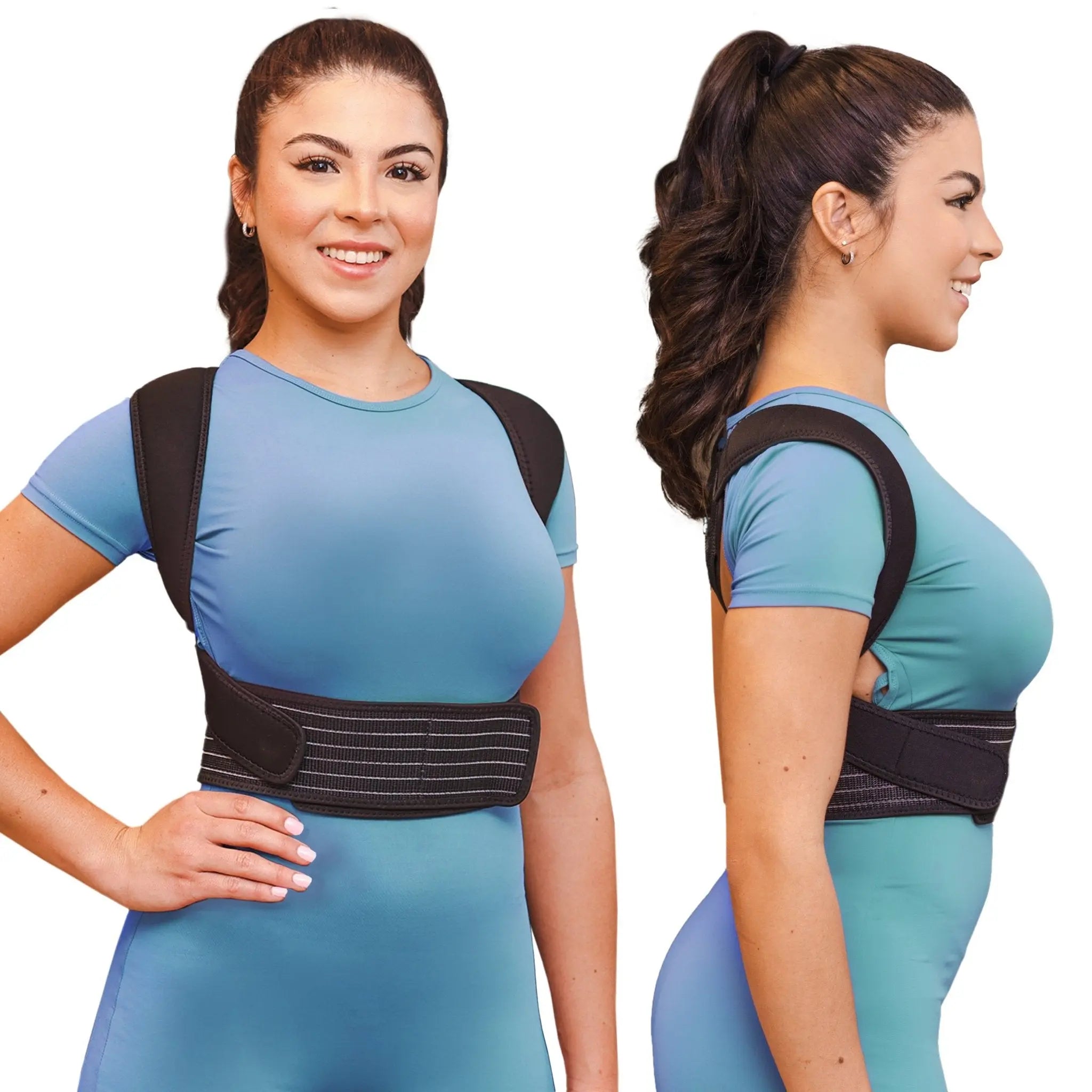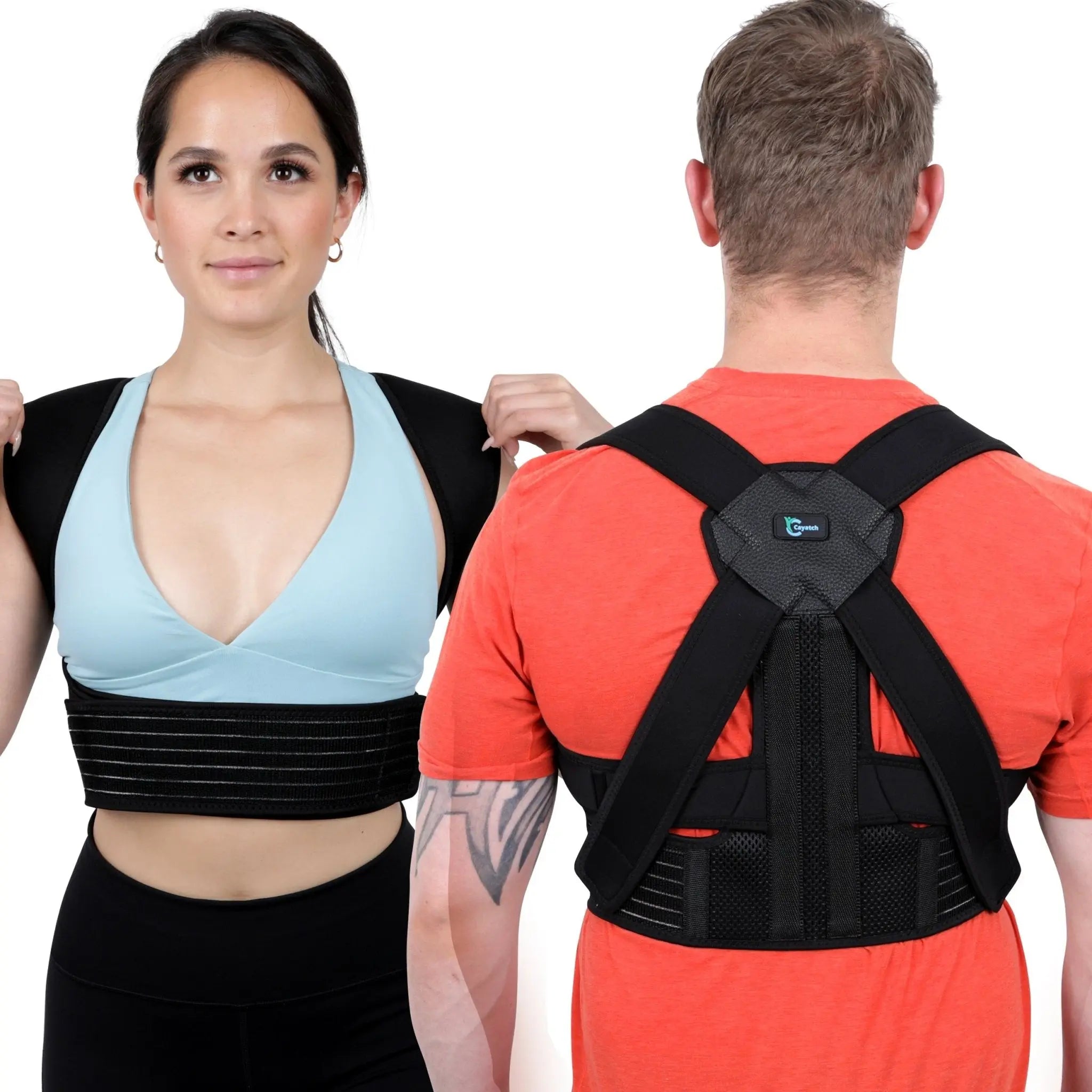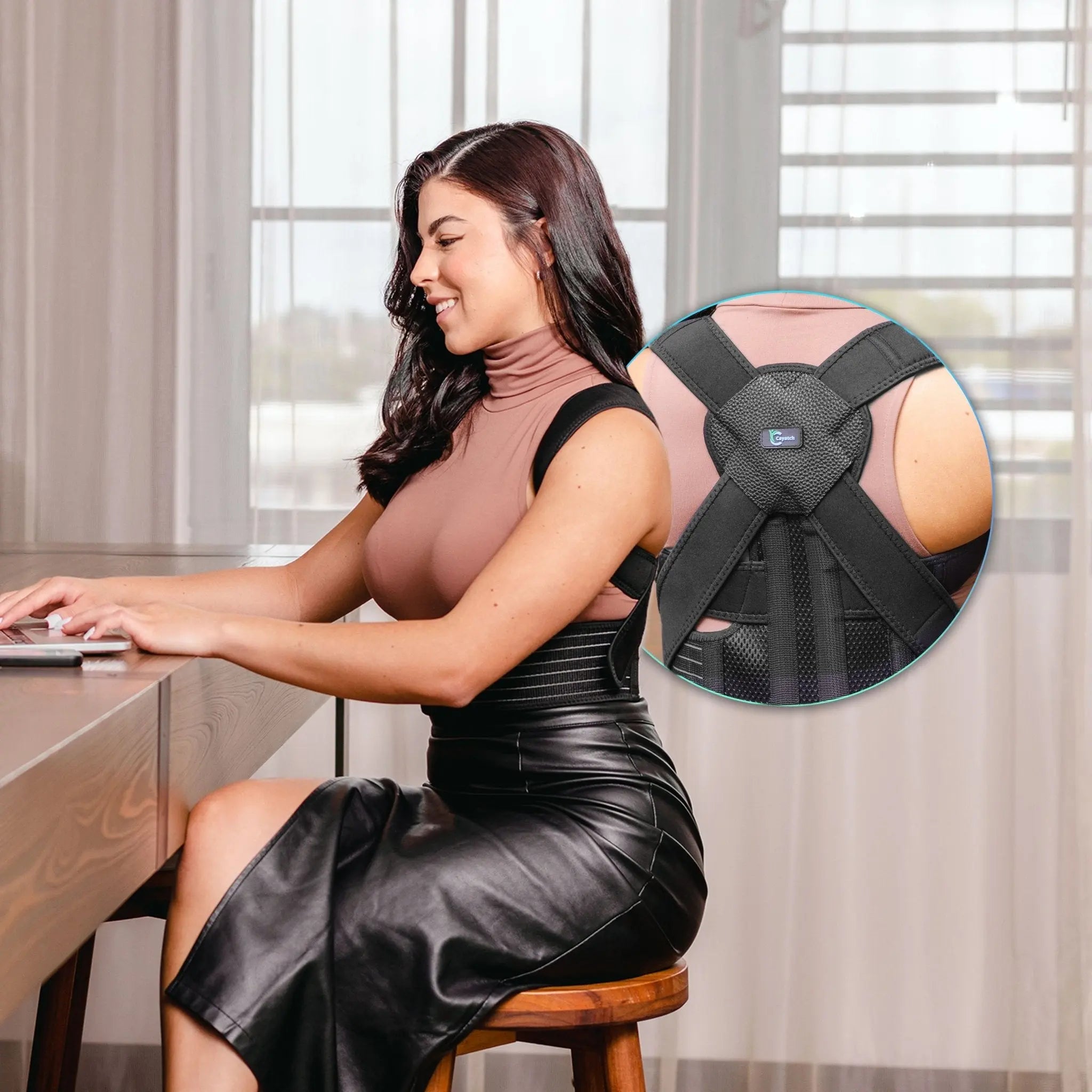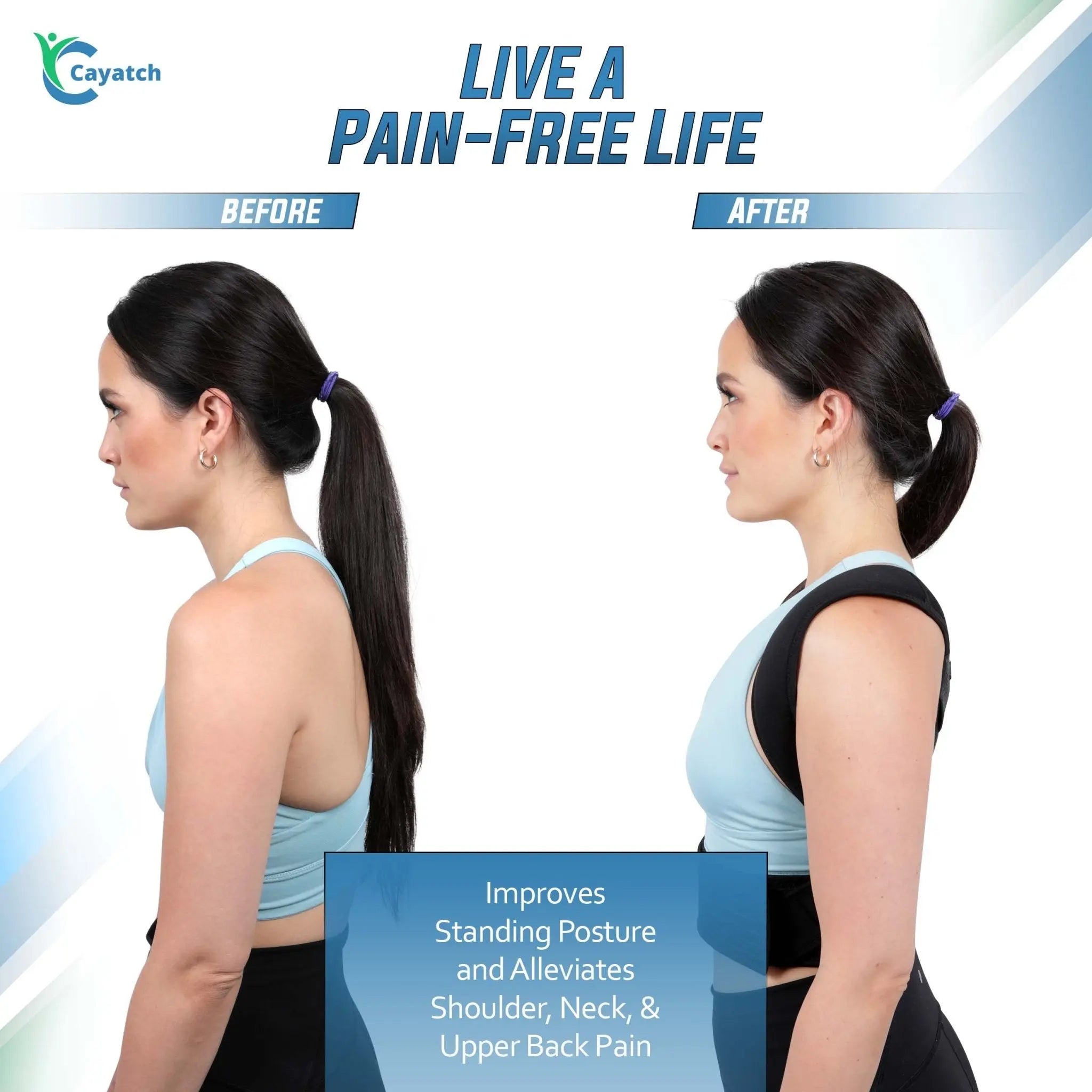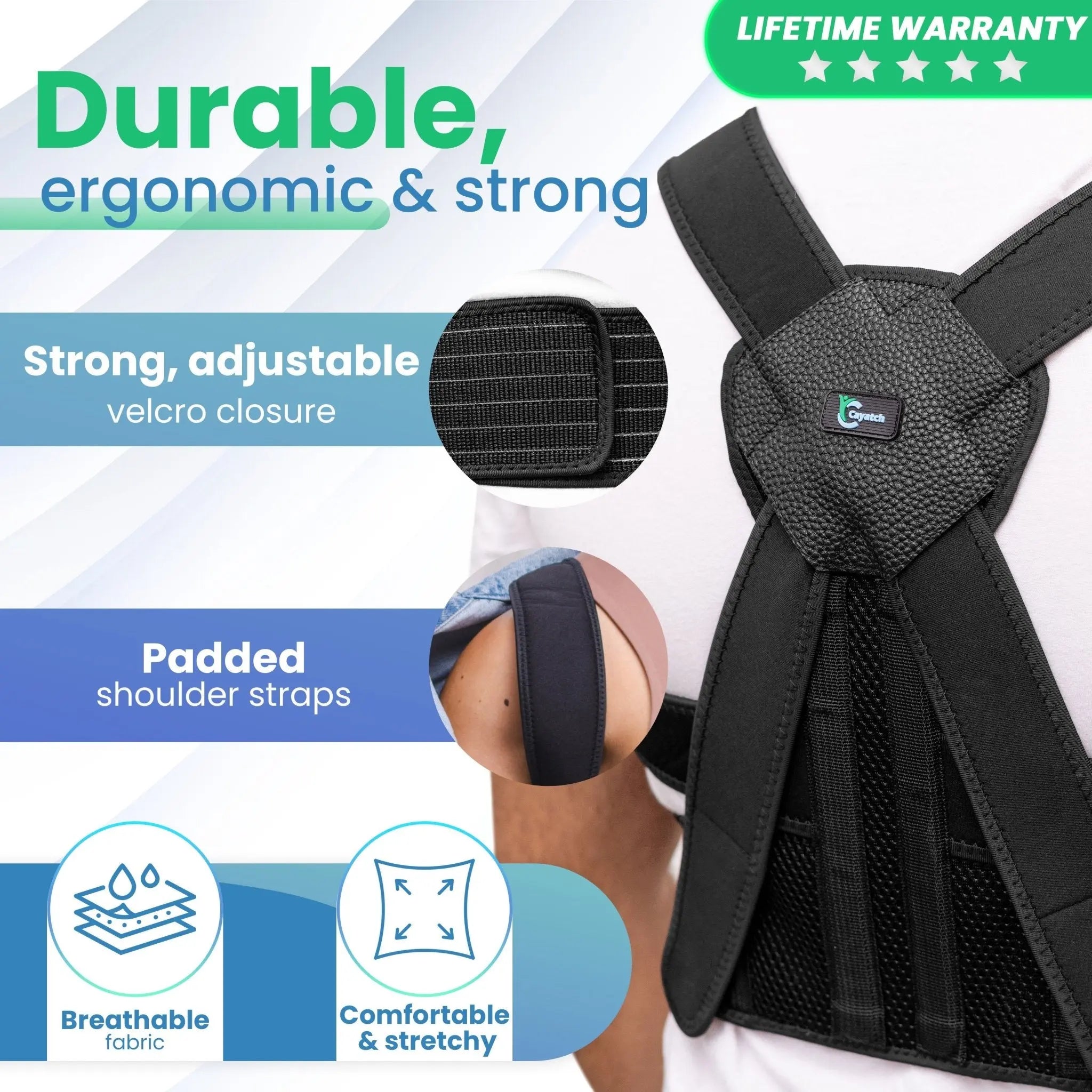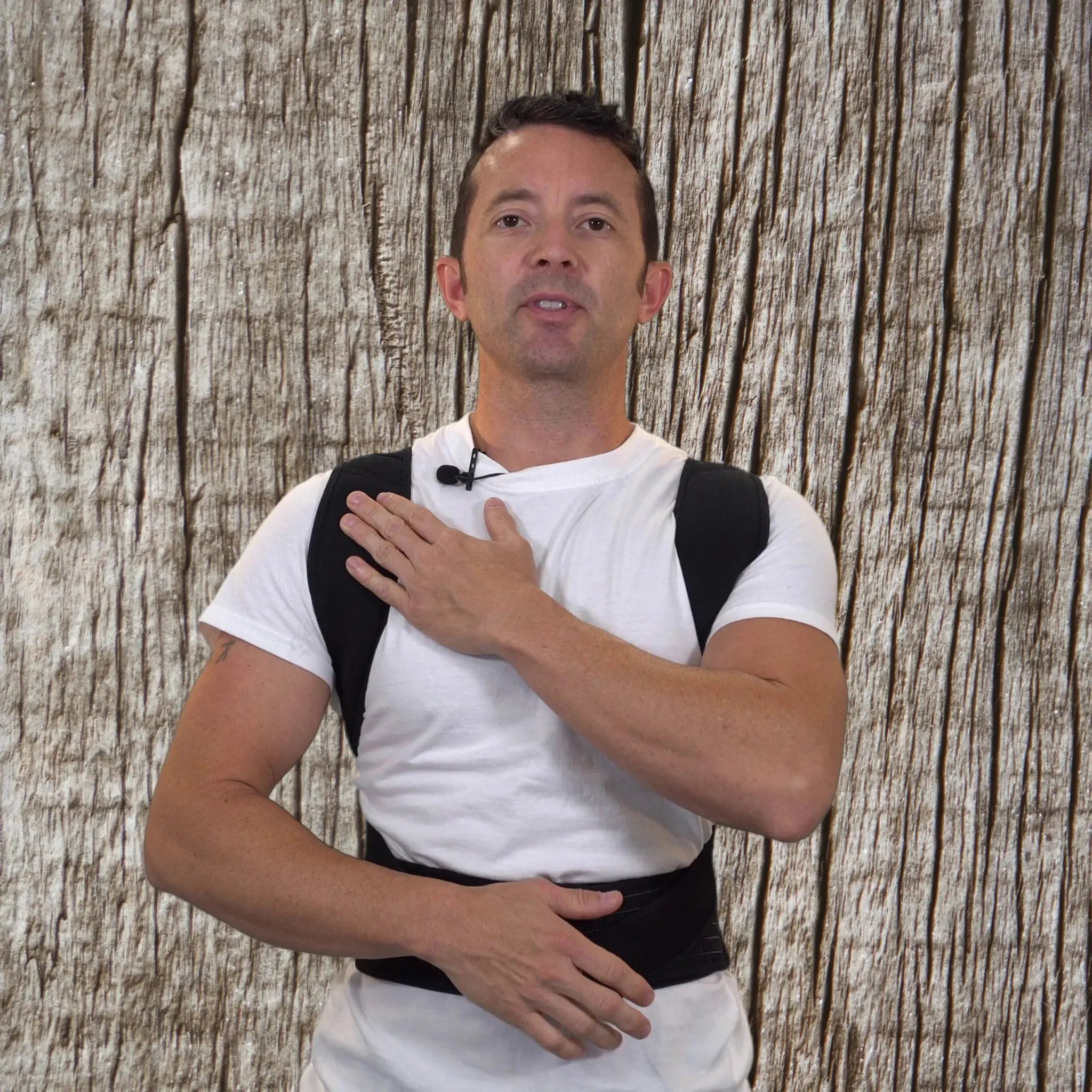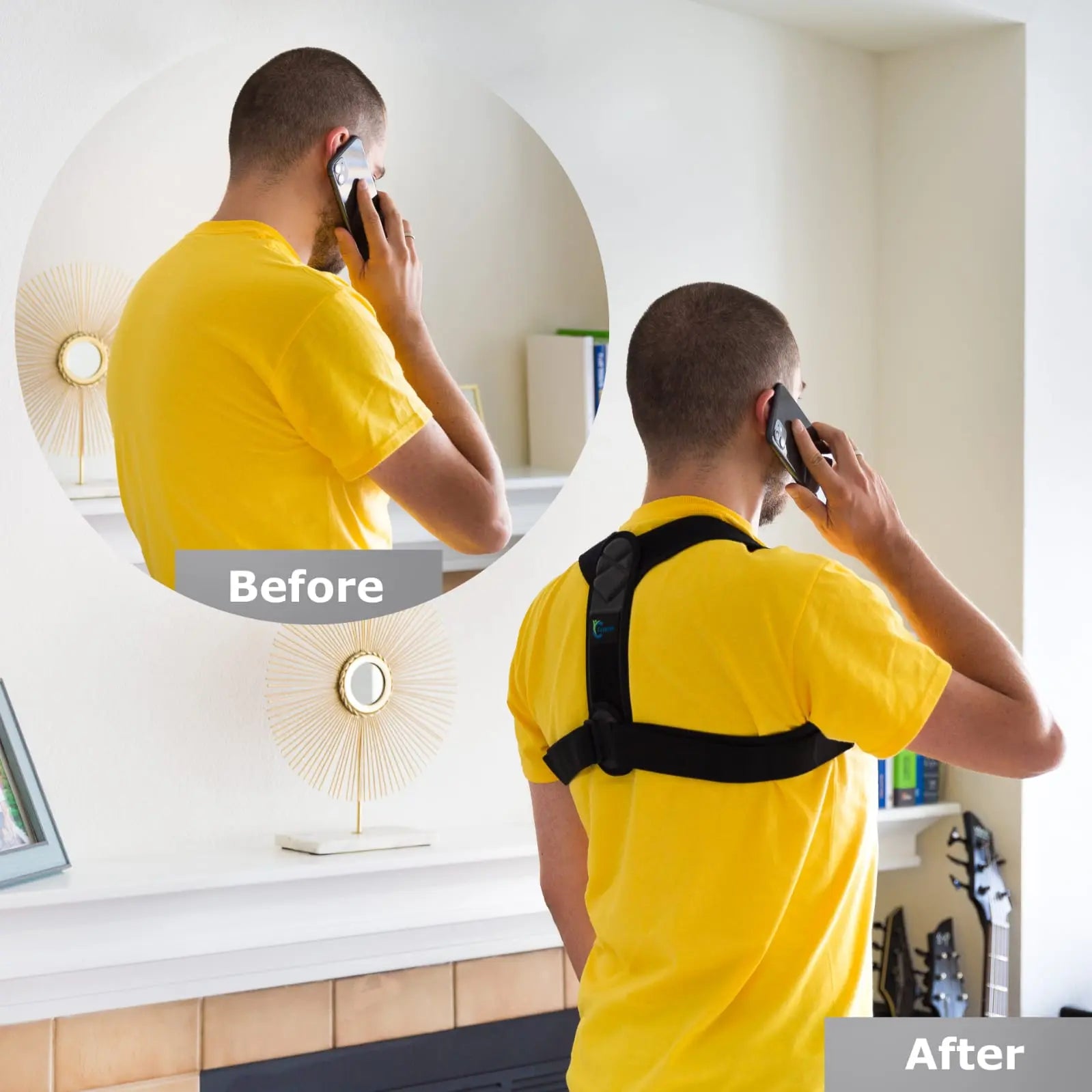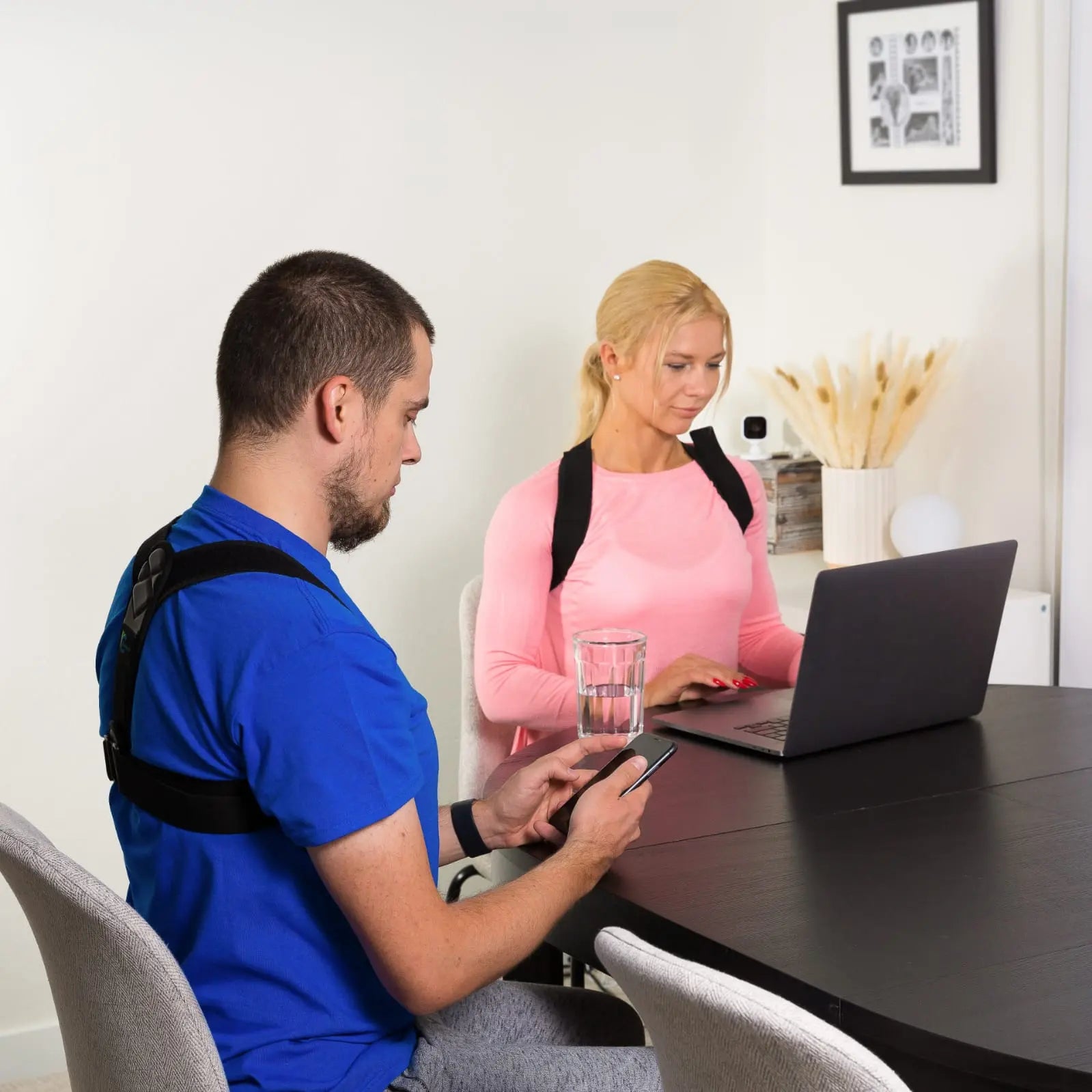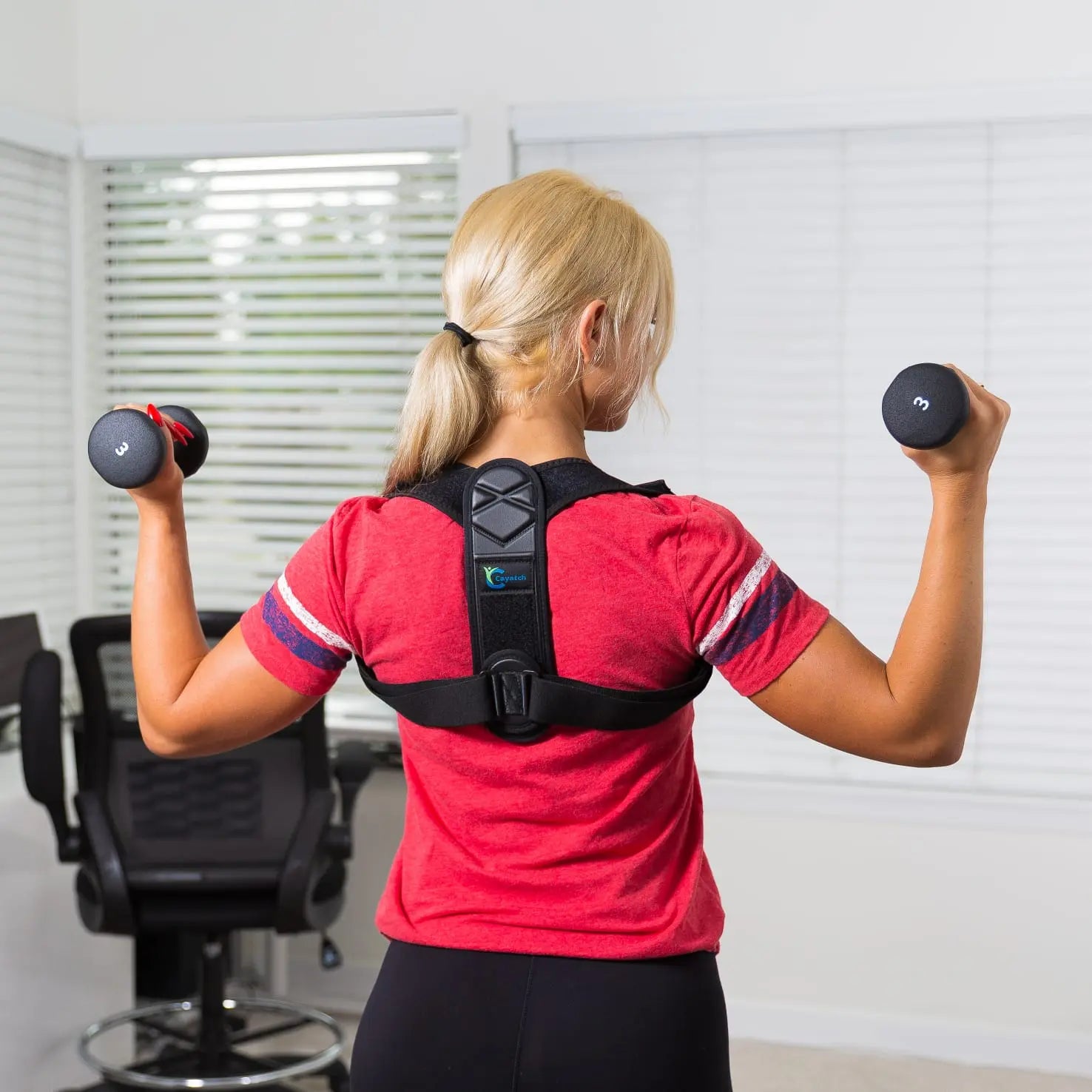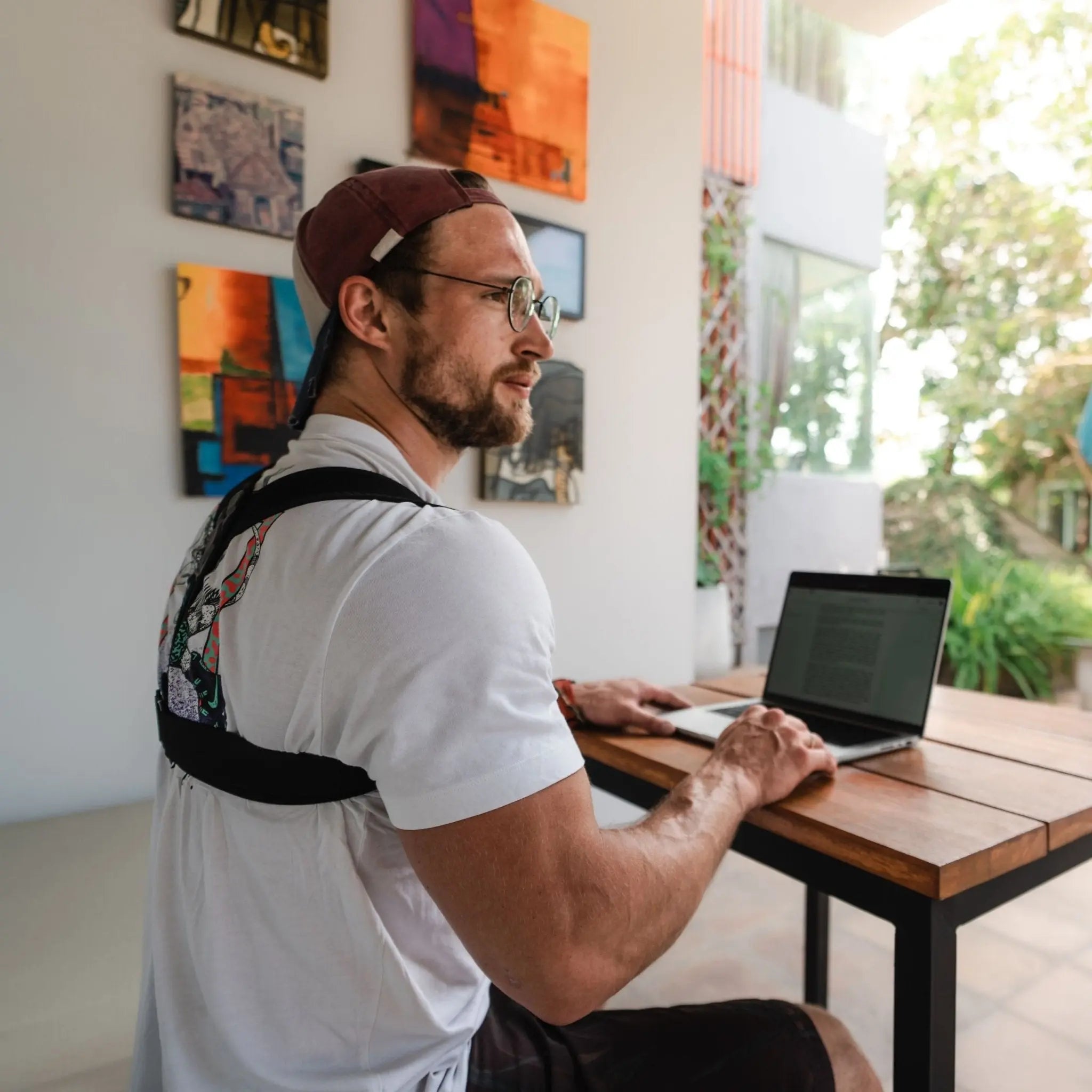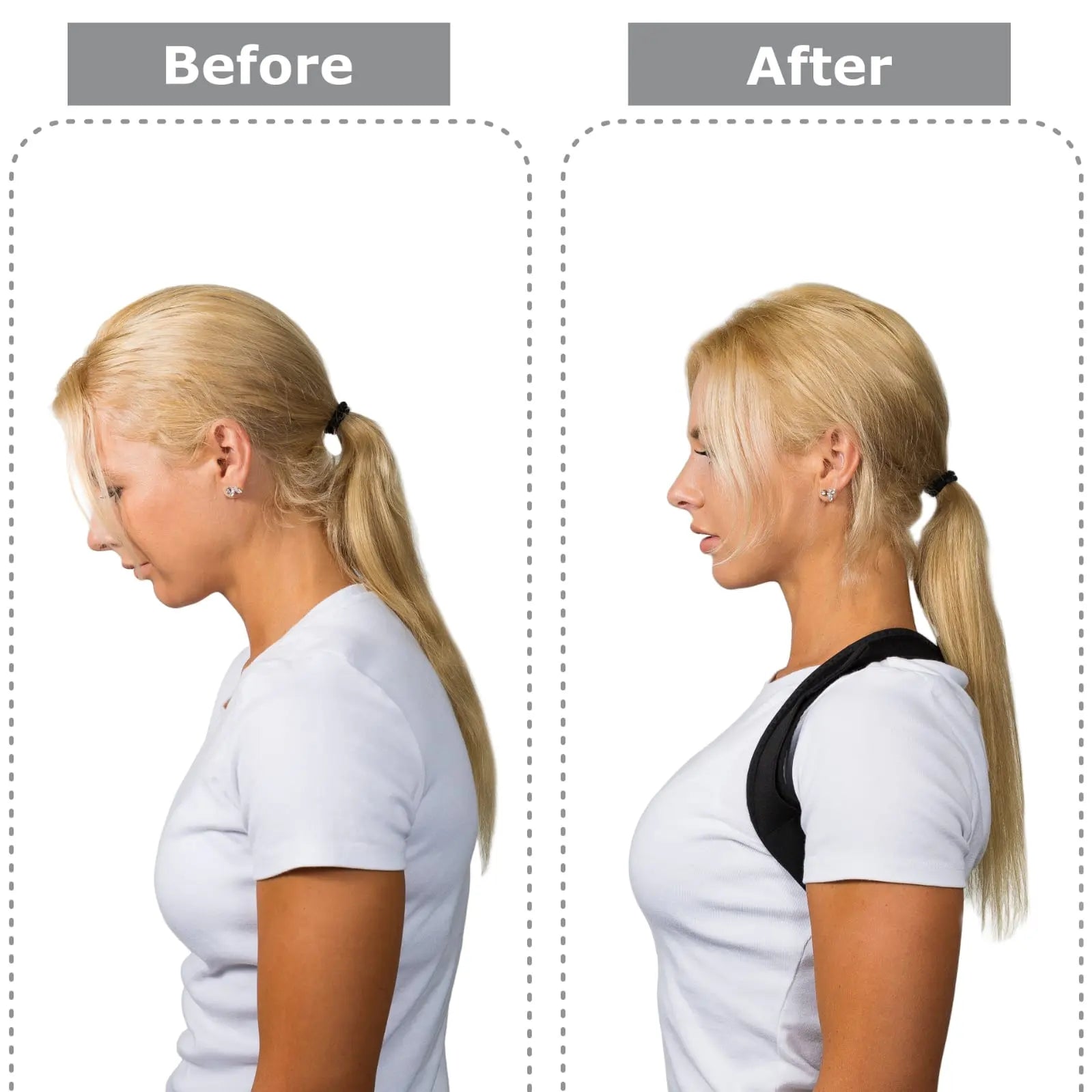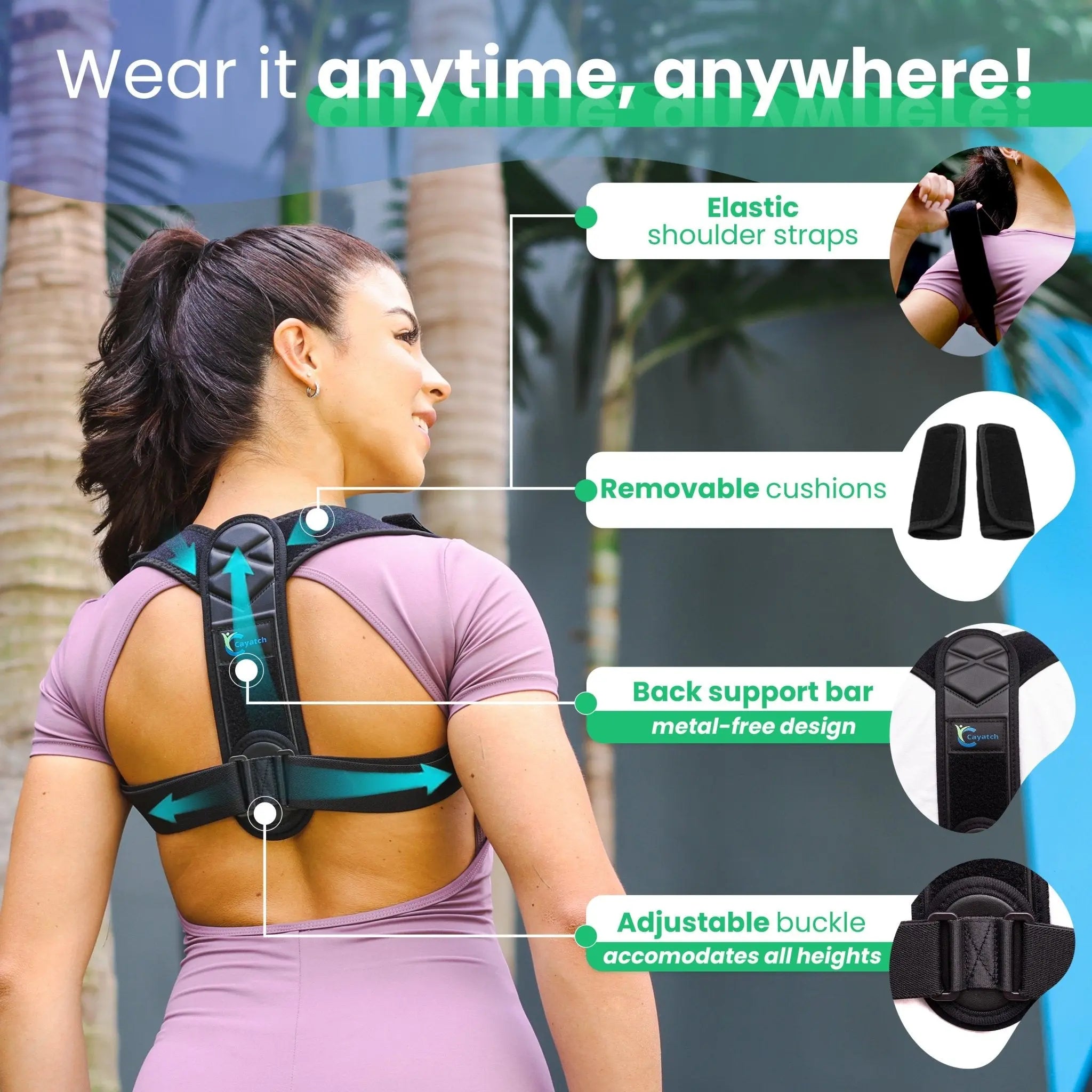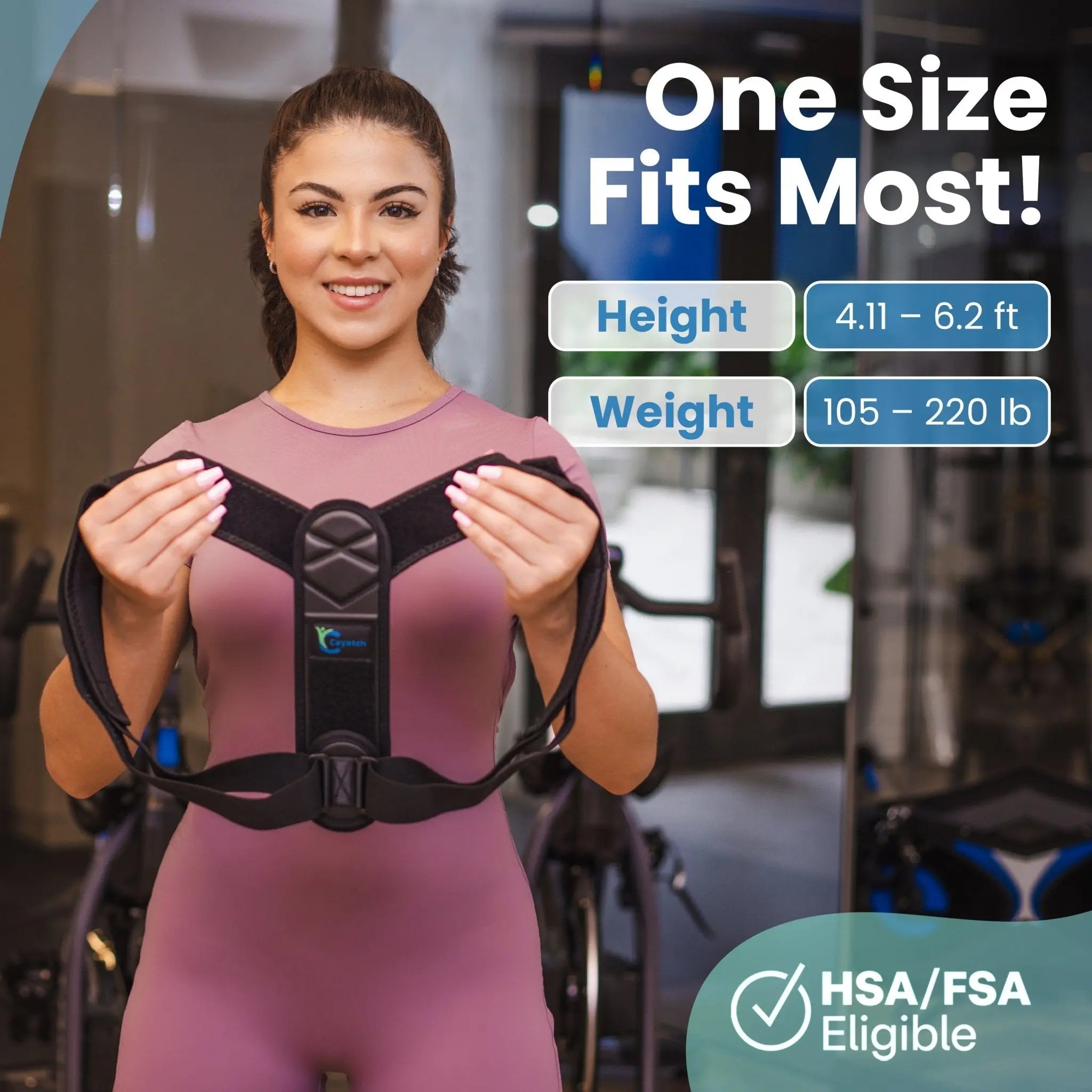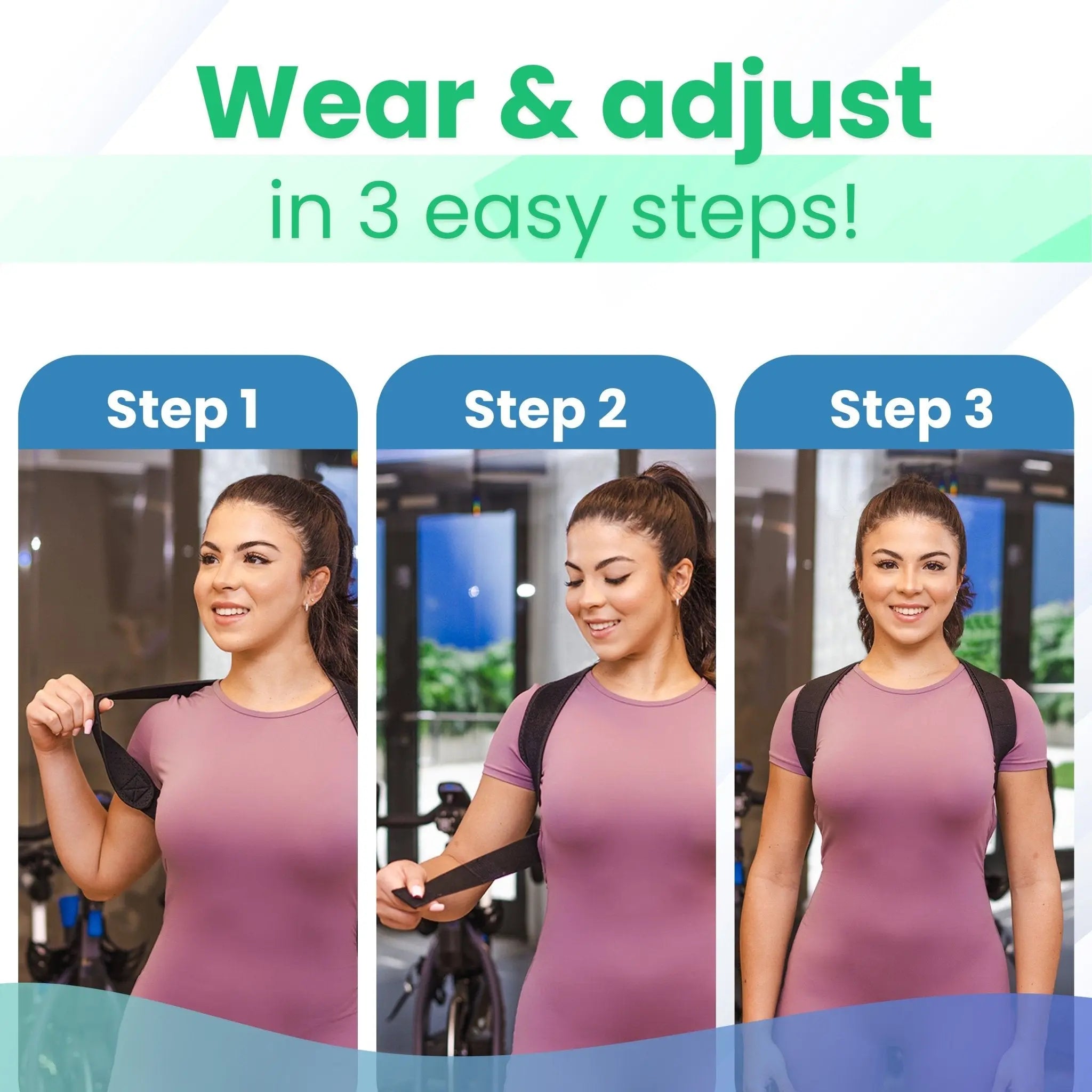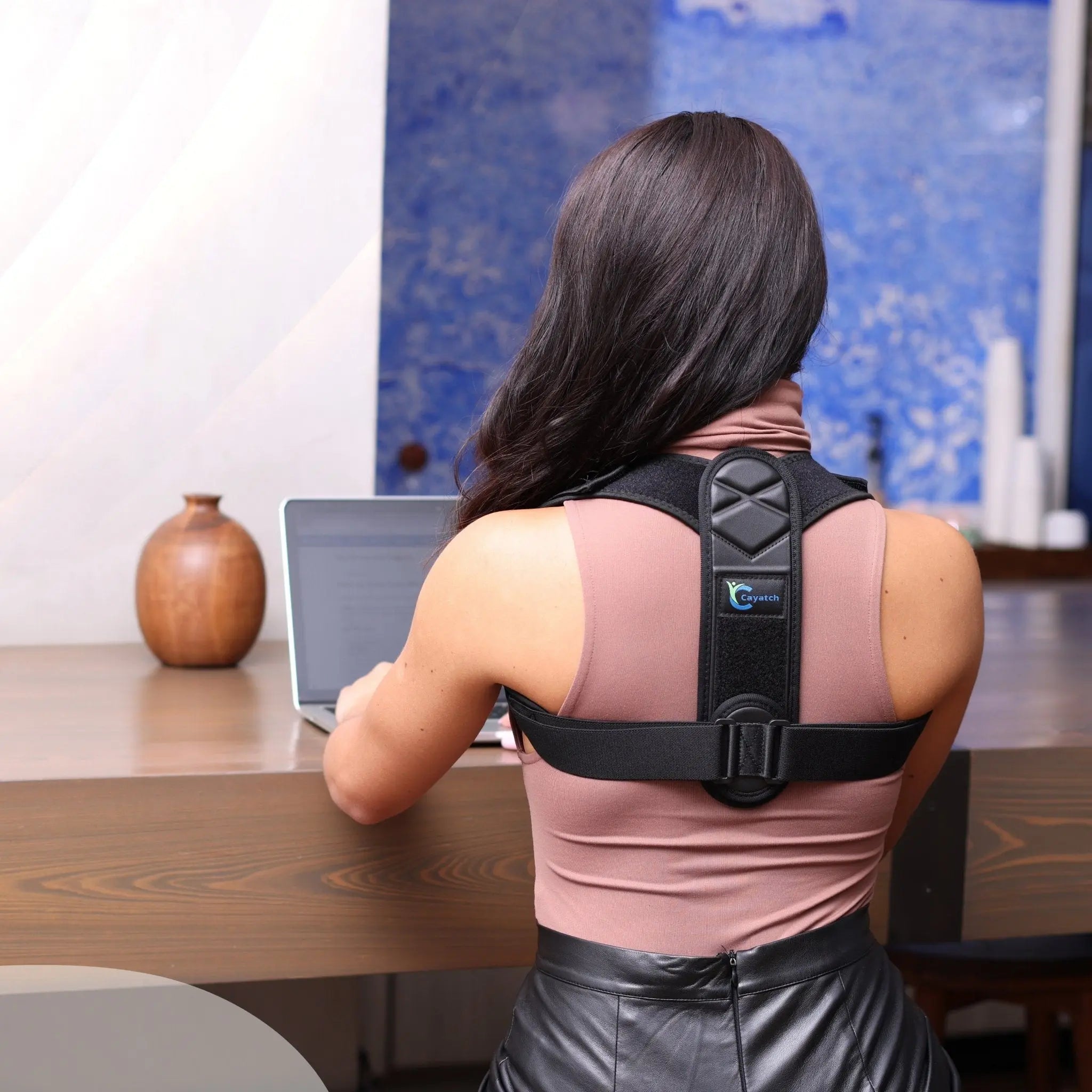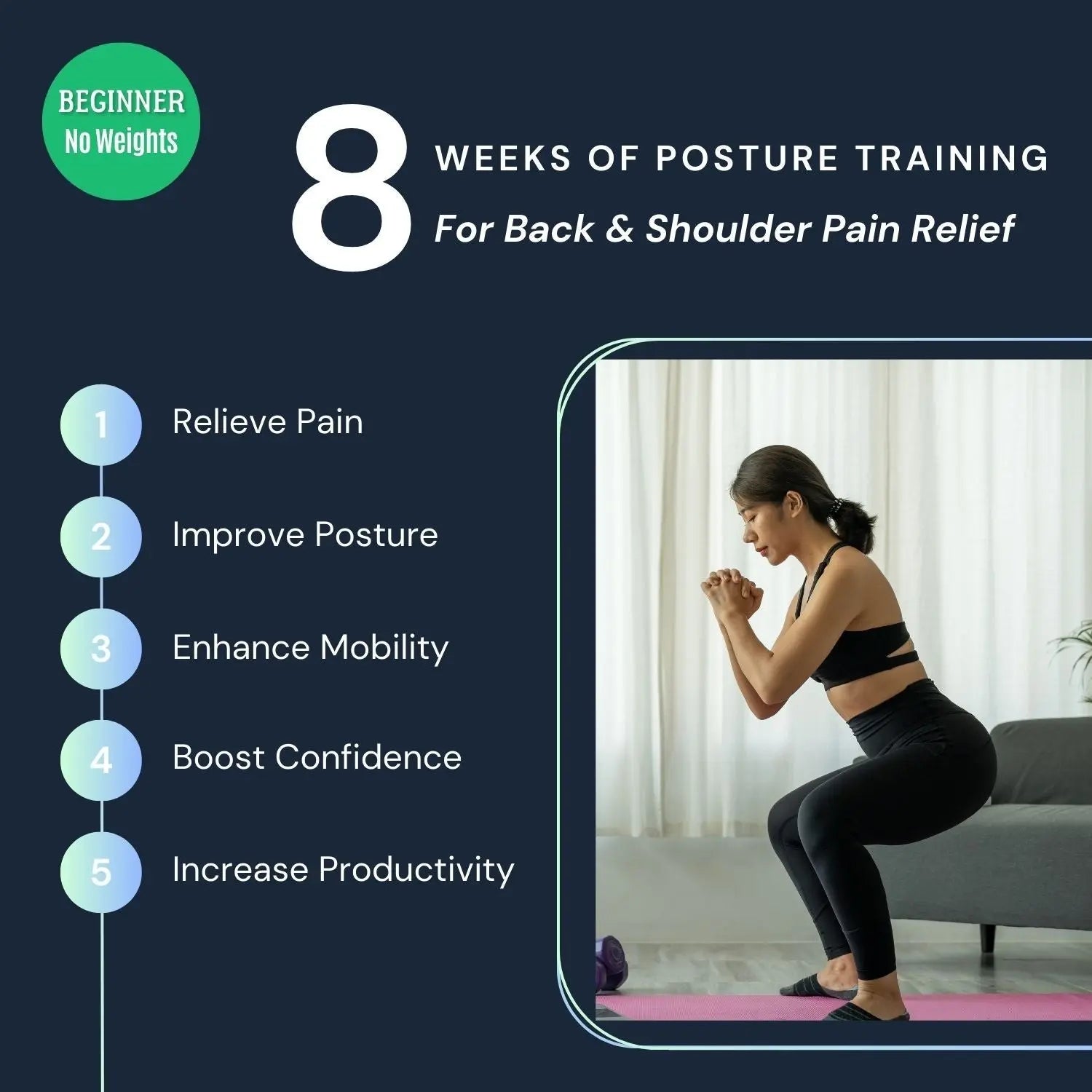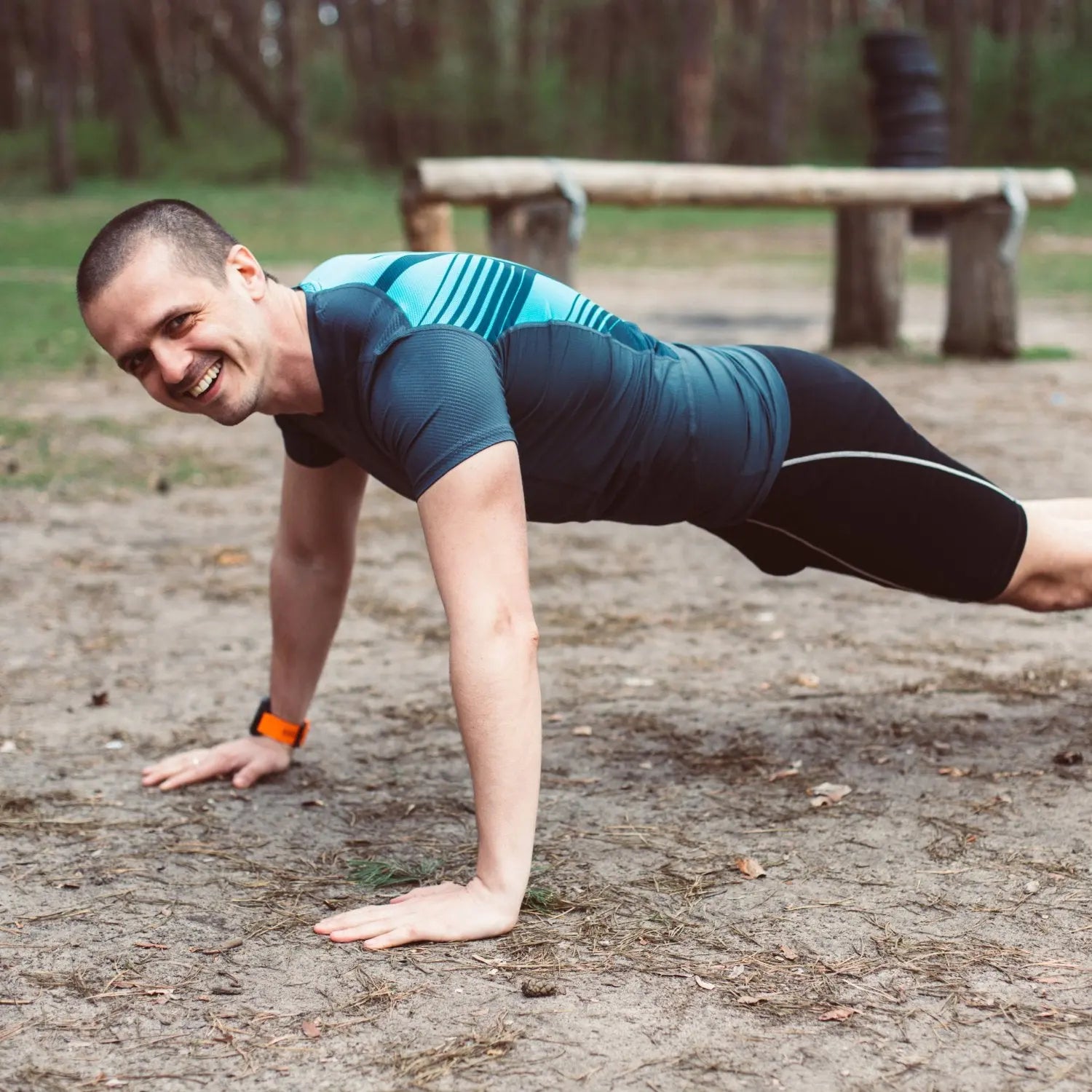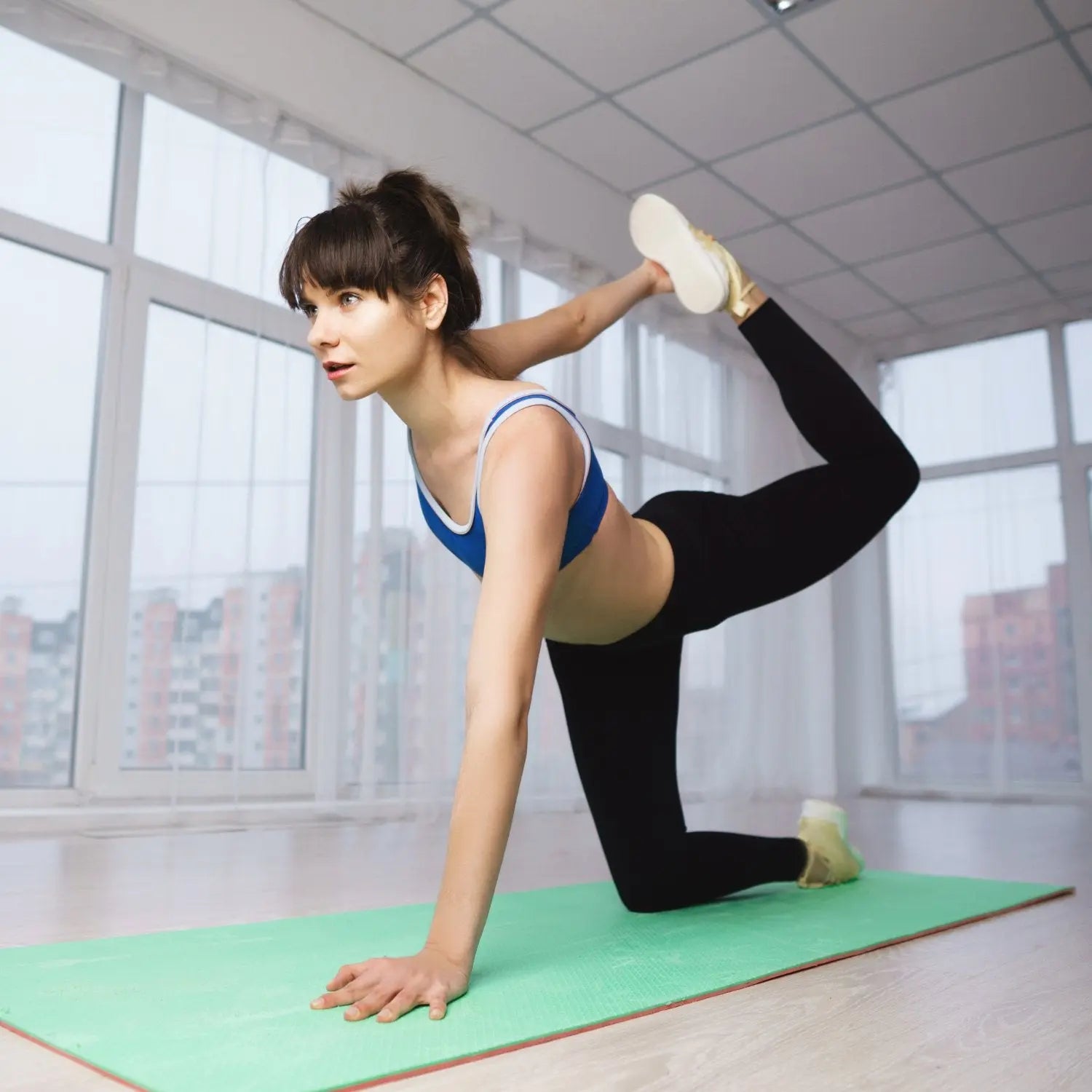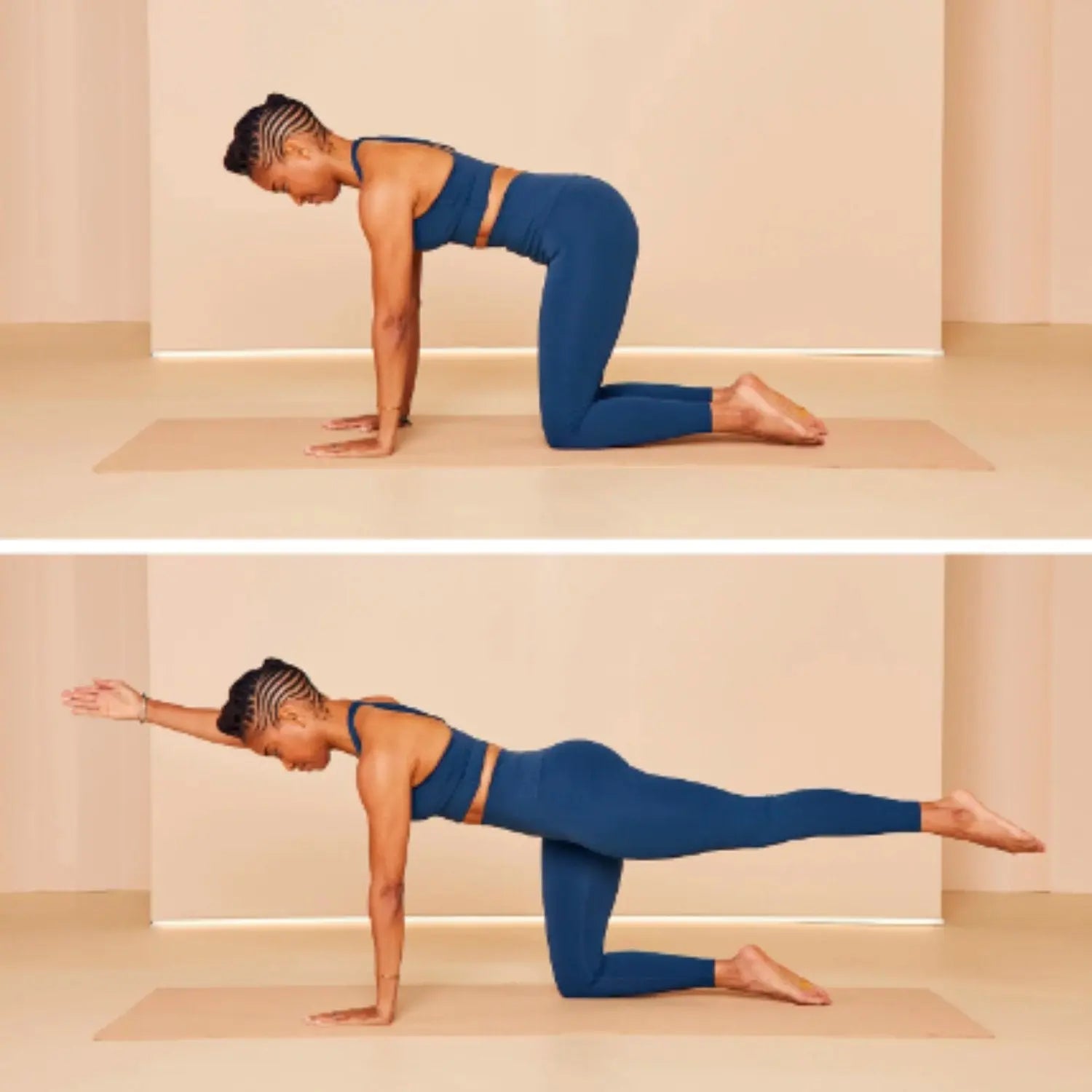Is It Too Late To Fix My Posture? Don’t Limit Yourself!

The importance of maintaining good posture in daily life is often underestimated. One's appearance and sense of confidence can certainly benefit from a more upright posture. Sadly, poor posture is common in today's sedentary society. Postural issues such as slouching, text neck, forward head posture, and hunchback are on the rise.
In this article, we aim to provide you with an understanding of the signs of poor posture, and offering solutions to improve it. Our goal is for you to overcome any posture issues and maintain good posture habits, leading to a healthier and happier life.
You might ask "Is it too late to fix my posture?" No, there is never a wrong time to start improving your posture and alignment. Regardless of age or profession, correct posture and proper spinal alignment are foundational to long term health and happiness.
Signs of Poor Posture

Today's leisurely and tech-reliant lifestyles often result in poor posture.
Poor posture refers to the alignment of the body in positions that strain the muscles and joints, leading to discomfort or potential health issues, such as back pain, neck pain, vertebral malalignment, and even digestive and heart problems.
Therefore, it is important to understand the symptoms of bad posture. Poor posture often shows itself in these ways:
- Rounded Shoulders: When the shoulders slump forward, the body appears hunched. Prolonged periods of sitting, improper posture at work, and an imbalance in body weight distribution are frequent culprits.
- Forward Head Posture: In this position, the head protrudes forward from the shoulders instead of aligning with the spine. It commonly affects individuals who spend prolonged periods reading or using electronic devices.
- Hunched Back: A rounded or hunched upper back occurs because of sustained poor posture and inactive back muscles. It gets worse with chronic spinal curvature in the upper back.
The effects of slouching and poor posture may reach far and wide, hurting many parts of your body. These include:
- Back Pain: Back pain is often the result of chronic slouching and other poor posture habits. Misalignment of the neck, shoulder, spine, and pelvis can add extra stress to the joints and muscles, leading to discomfort or pain.
- Neck Pain: Prolonged neck pain, discomfort, and upper back and shoulder stress are possible effects of ongoing forward head posture.
- Reduced Flexibility: Poor posture may lead to losing freedom of movement in the joints, making it tougher to perform daily tasks and activities.
There are certain things you can do to alleviate these problems:
- Ergonomic changes in the workplace.
- Improve your posture with exercise.
- Mindfulness of body positioning.
- Investing in ergonomic furniture.
- Seeking professional assistance if needed.
- Use a posture corrector.
Can Posture Be Fixed?

Poor posture can be improved with consistent efforts and patience. Per Dr. Eric K. Fanaee, a board-certified anesthesiologist in New York, fixing your posture is never too late.
The process of fixing poor posture usually starts with self-awareness. Be mindful of your posture in various positions—standing, sitting, or sleeping.
Regular workouts, especially exercises targeting the core, back and neck muscles can enhance body structure and tone.
Activities emphasizing body awareness and balance are beneficial for posture improvement. Training programs designed to enhance muscular strength and flexibility can address postural challenges effectively.
For persistent or severe posture issues, it's advisable to consult with a professional. Therapists, chiropractors, or doctors can offer tailored guidance and treatments to address and rectify poor posture.
Is It Ever Too Late to Fix Your Posture?

There's a common belief that posture inevitably deteriorates with age, but that's not entirely true. It's never too late to begin improving your posture.
While it may present more challenges as you grow older, the human body remains adaptable. Engaging in core and back exercises can help alleviate pain caused by poor posture.
Improving your posture can help reduce back pain and improve one's breathing ability. When you slouch, your chest muscles tighten, preventing you from breathing properly.
Dismissing the misconception that posture improvement is an unattainable feat, embracing the journey toward enhancing posture offers a myriad of lasting advantages, regardless of one's age or initial level of flexibility.
It's a journey marked by the gradual retraining of muscles, the realignment of skeletal structures, and the cultivation of mindful body awareness. With dedication and consistent effort, one can witness significant improvements in their posture, leading to enhanced physical well-being and quality of life.
How To Fix Your Posture Fast

The process of postural improvement requires focus and dedication. Always be mindful of your posture, perform a postural assessment, and strive to keep your chest open and your shoulders relaxed in an upright position.
Take regular breaks to stretch and walk around. Focus on strengthening your core muscles. Even small adjustments can yield significant improvements in your overall health and well-being.
These are a few actionable suggestions to enhance posture:
1. Core Strengthening Exercises
A strong core provides stability for the spine, helping to maintain proper alignment and reducing the risk of poor posture-related issues such as back pain and the risk of injury.
- Planks
Beginning in the push-up position, you avoid lowering to the ground and keep a static position. The aim is to maintain the body straight, starting the core muscles to keep the posture.
- Bridge Pose
You'll work your glutes, hamstrings, and lower back. Stretch your feet and knees apart and lie on your backside. Raise your hips so that your torso, waist, and legs are straight.
- Bird-Dog
First, think of a desk posture on knees and hands. Stretch one arm outward before you while stretching the leg straight out. Stay briefly, then return your elbow and knee to the starting point.
2. Tight Muscle Stretching
Stretching plays a crucial role in postural correction by addressing muscle imbalances, improving flexibility, and enhancing overall posture. Stretching promotes relaxation and reduces stress, which can contribute to improved posture.
Tension and stress often manifest physically in the body, leading to muscular tightness and postural issues. Stretching helps release this tension, promoting a more relaxed and upright posture.
- Chest Opener
Position yourself so that one foot is on either side of an open doorway. Stretch your arms and chest by bending forward with both arms on the door structure.
- Neck Stretch
Keep your back straight, and bring one ear to the opposite arm with an angle of the head. Maintain the stretch while giving little hand pressure.
- Hip Flexor Stretch
Put one knee on the floor and place one foot in front of you. You should feel pressure on the front of your sitting hip when you move your weight forward. Keep this position and switch legs.
3. Postural Adjustment Exercise: Wall Angels
- Stand with your back against a flat wall, bring your feet out, ensuring that your buttocks, shoulders, and head are all touching the wall. Your feet should be about hip-width apart.
- Before starting the exercise, engage your core muscles by gently pulling your belly button towards your spine. This helps stabilize your torso throughout the movement.
- Bend your elbows to a 90-degree angle, with your upper arms parallel to the floor and your forearms perpendicular to the floor. Your elbows should be at shoulder height, and your palms should be facing forward, pressing against the wall.
- While maintaining contact between your elbows, forearms, and hands with the wall, slowly slide your arms upward as far as you comfortably can. Imagine trying to touch your elbows and hands together above your head without losing contact with the wall.
- As you slide your arms upward, focus on keeping your back, head, and lower back pressed against the wall. Avoid arching your lower back or lifting your shoulders away from the wall.
- Once you've reached the highest point you can comfortably reach, pause for a moment while keeping your arms in contact with the wall. Focus on feeling the muscles between your shoulder blades working.
- Slowly slide your arms back down to the starting position, keeping contact with the wall at all times. Again, maintain proper posture throughout the movement.
- Place your back on a wall and your arms at your sides relaxed. Raise and drop them gradually while keeping one hand on the wall. This improves greater posture and stronger muscles.
- Perform the wall angel exercise for 8-10 repetitions, focusing on smooth, controlled movements. Gradually increase the number of repetitions as you become more comfortable with the exercise.
4. Desk Ergonomics
Proper desk ergonomics are essential for maintaining good posture and reducing the risk of discomfort or injury. Here's how to optimize your workstation setup:
- Position Your Arms: Keep your arms straight and parallel to the floor, resting comfortably on your desk or keyboard tray. Adjust the height of your desk or chair if necessary to achieve this position.
- Screen Placement: Position your computer monitor or screen at eye level, directly in front of you. This helps prevent neck strain and promotes a neutral head position. Use a monitor riser or adjust the height of your monitor to achieve the proper viewing angle.
- Take Regular Breaks: Incorporate regular breaks into your workday to stand up, stretch, and move around. This helps prevent stiffness and fatigue, allowing you to maintain better posture throughout the day.
Remember, ergonomic adjustments are individualized, so experiment with different settings and configurations to find what works best for you. By prioritizing ergonomics, you can support good posture and reduce the risk of discomfort or strain associated with prolonged desk work.
5. Posture Check-In
Raise your chin, roll back your shoulders, and sit tall. Imagine a string tied to the top of your head and pulling you upward. Breathe in deeply. Resetting and changing your posture often as needed.
6. Walking and Standing
Enhancing your posture through walking or standing can yield remarkable results. Focus on maintaining a strong core, rolling your shoulders backward, and keeping your head aligned with your spine.
These practices not only strengthen muscles but also enhance stability, gradually promoting a healthier, more upright posture. Remember, establishing consistent postural habits is key, prioritizing long-term benefits over quick fixes. Stay committed and resilient in your journey towards improved posture!
Frequently Asked Questions (FAQs)
How late is too late to fix your posture?
Age should not be a barrier when it comes to improving your posture. Regardless of your age, you have the ability to make positive changes at any time. However, achieving your posture goals requires consistent effort and dedication.
How many years does it take to correct posture?
It doesn’t take more than half a year to correct your posture. You will see noticeable changes in only a few months month of consistent practice.
Is bad posture noticeable?
Posture is more than just a physical stance; it is a silent yet powerful form of communication that can shape how others perceive you and your message. It is a non-verbal cue that may go unnoticed by you, but it is among the first things others notice. Learn more about why posture is important in communication here.
Conclusion
Improving your posture is an achievable goal, no matter where you start. While addressing it early is advantageous, positive changes are possible at any age through consistent muscle strengthening, ergonomic adjustments, and increased mindfulness. Therefore, it's never too late to fix your posture.
Embracing a healthier posture not only benefits your physical well-being but also enhances confidence. Whether you're in your teens or later in life, taking steps now can significantly impact your appearance, health, and overall quality of life.


























